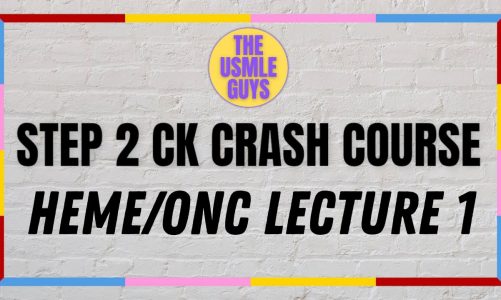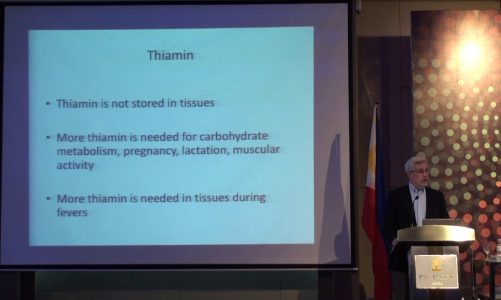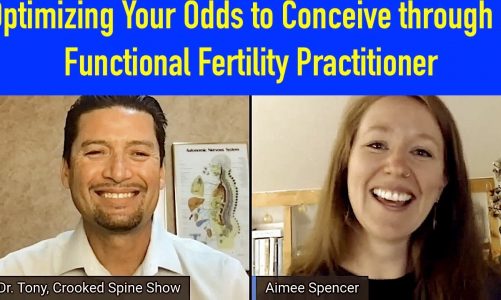Today I would like to take the opportunity to talk about mitochondria and mitochondrial DNA, nuclear transfer and treating patients with a genetic disease for In Vitro Fertilization.
In February 2016, the National Academy of Science has made a statement that they are beginning to discuss techniques, clinical application, and ethics about mitochondrial replacement therapies.
Mitochondria is a small cell machinery in the cell surrounded by the cell plasma. It is practically the power house that provides the energy to the cell. As we know, we work, we listen to music, and everything that we do requires energy. If, due to many reasons, there is a mistake in the mitochondria and they aren’t creating enough energy, then the result will be mitochondrial disease. This results in trouble breathing, trouble to eat, and walking. Usually this is a fatal disease and currently there is no cure or treatment. Also during aging, we are also losing mitochondria and cells start cleaving slowly. This is just part of aging.
Now what does this have to do with reproduction? Many studies also show, and it is one of the very hot topics in our field, when a lady gets old, when her egg cannot make a baby, one of the contributing factors is the mitochondria which is no longer able to create good, functioning, healthy embryos. A possible solution is a Mitochondrial Replacement technique is when you replace the bad mitochondria with good mitochondria from a healthy egg, usually a donor egg.
So now let’s discuss the technique. But first what are the key parts of the cell when considering this technique? Very simply, every cell has two main parts, the cytoplasm and the nucleus. Mitochondria are organelles located in the cytoplasm. That is where they stay and produce energy. The nucleus is the other part and is like the “egg yolk” and contains all the DNA which determines whether or not the egg will become a chicken or a duck. Mitochondria also contains DNA but in much smaller numbers and it’s a single strand and very delicate. Again, if something goes wrong when handling this, then the mitochondria wont produce enough energy.
The new technique of mitochondrial DNA replacement technique is to swap the “egg white” while keeping the “egg yolk.” Why keep the nucleus? Because that is where most of your genetic material is located. IF you want to make a baby, this is what is going to make the baby “your” offspring. As women get older, it is possible that the cytoplasm starts to have issues and that’s why you can use the egg white from a donor egg but still have a baby with your own genetic material. Coming back to the beginning when I mentioned that some people have a fatal mitochondrial DNA disease. Potentially we can replace the bad Mitochondria with healthy ones and you can have baby without the disorder. These are some of the practical applications of Mitochondrial DNA replacement techniques.
There are two techniques right now. One is called Cytoplasm Transfer. This is when you take some fresh egg white and bring it into another egg where the egg white has gone completely wrong. Cytoplasm transfers, however, are already outdated because it cannot efficiently repair the bad cytoplasm.
The future is in the second technique. The idea is to completely swap out the cytoplasmic environment. So basically you are going to take the nucleus out (the egg yolk) of a bad or old egg and place it within another, healthy cytoplasmic environment (a new donor egg) which has already had it’s nucleus removed. This is called Nuclear Transfer.
In 1996, I was the first pioneer in the world to perform the Nuclear transfer technique which makes this possible to perform in humans. If you are interested, you can look up many of the articles about this by searching my name, Dr. John Zhang and Nuclear Transfer. So today, the National Academy of Science had a meeting and there will be a public hearing (I believe on March 11) about this technique and the ethical questions surrounding this research. If you are a patient and think that you might benefit from this, you might want to go online and look into being a part of the public hearing, possibly in Washington DC. Our official governing body, The ASRM (American Society for Reproductive Medicine) just released a statement that they applaud this kind of debate and are in a possible position to support this kind of research as long as there is a team in place with proper equipment, with proper knowhow, and a team to follow up with the proper offspring.
If you have more questions, please check back because I will have more blogs on this in the coming weeks and feel free to leave a question or a message about your thoughts.
source



